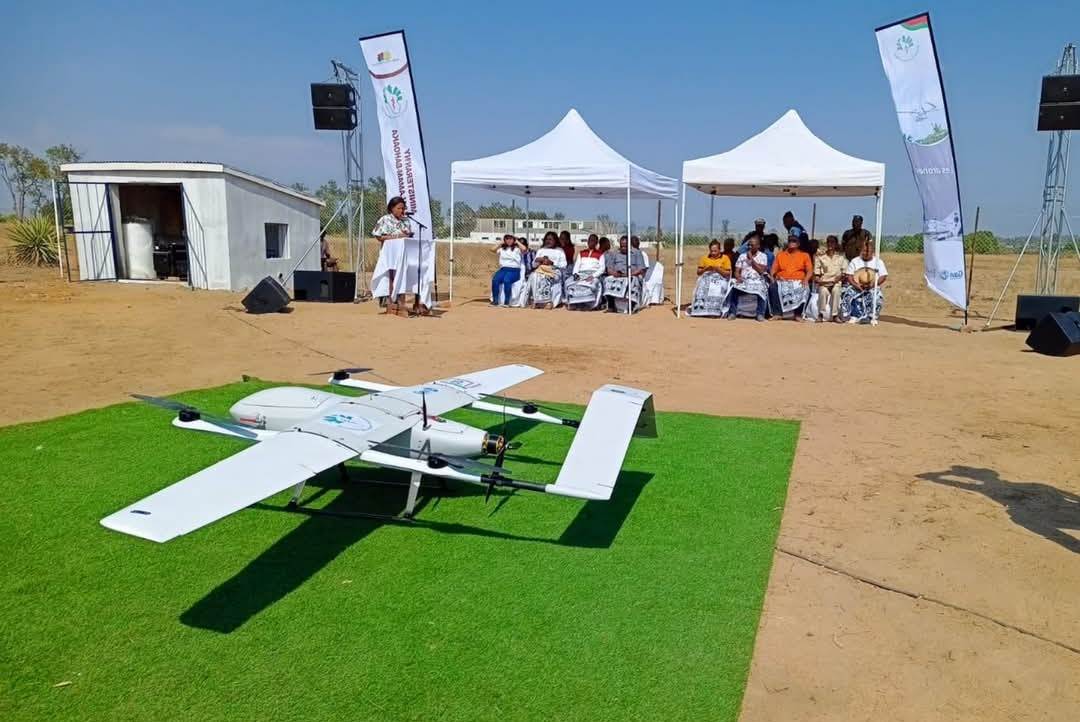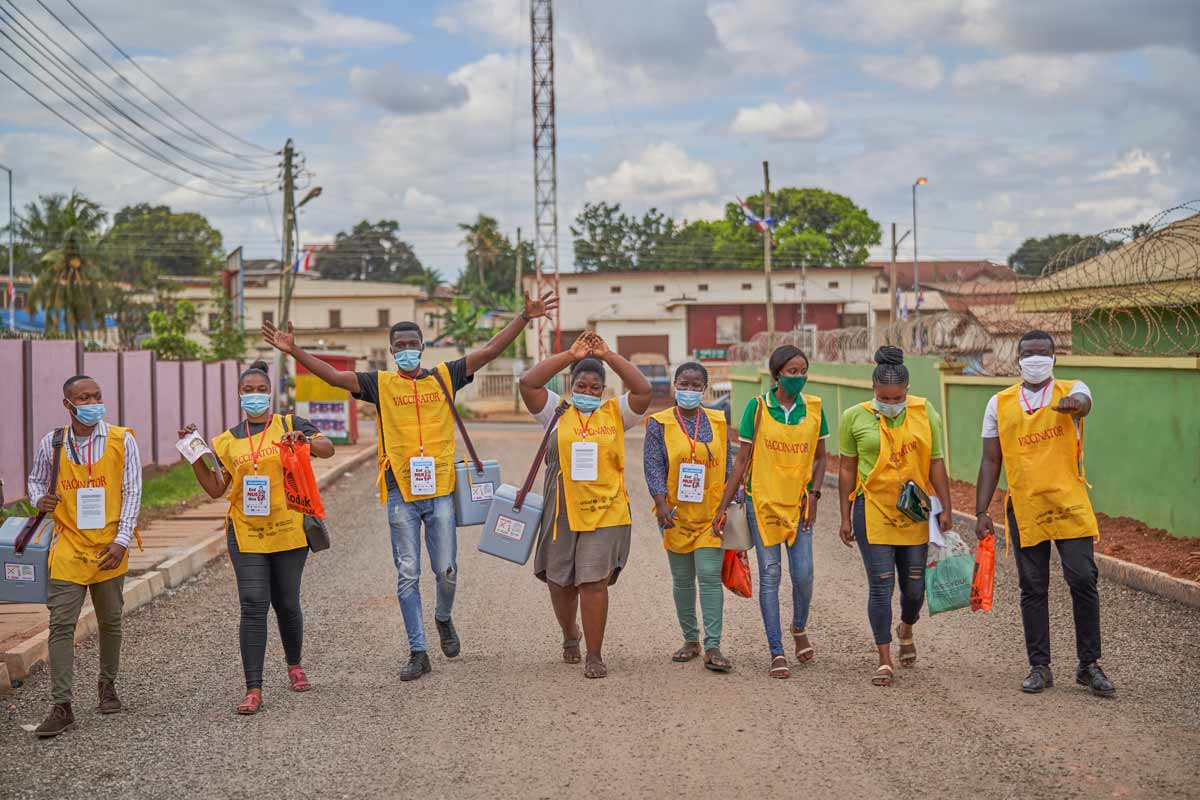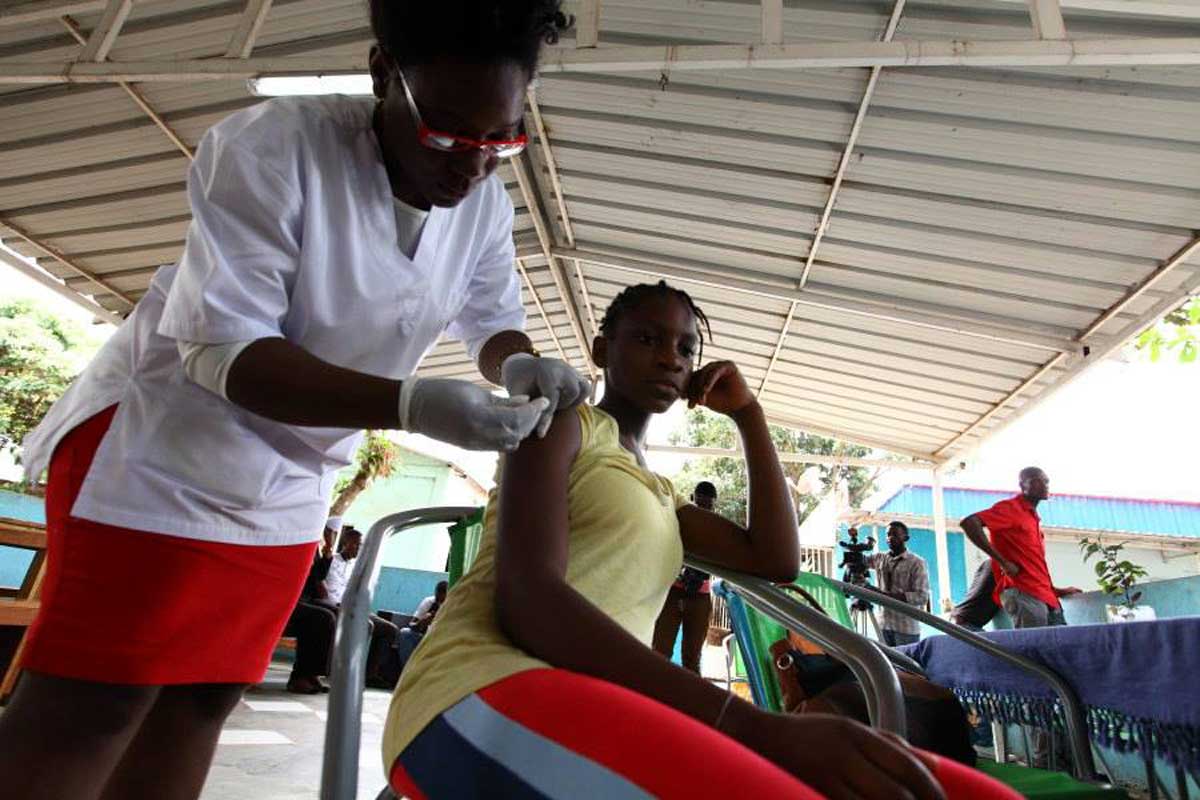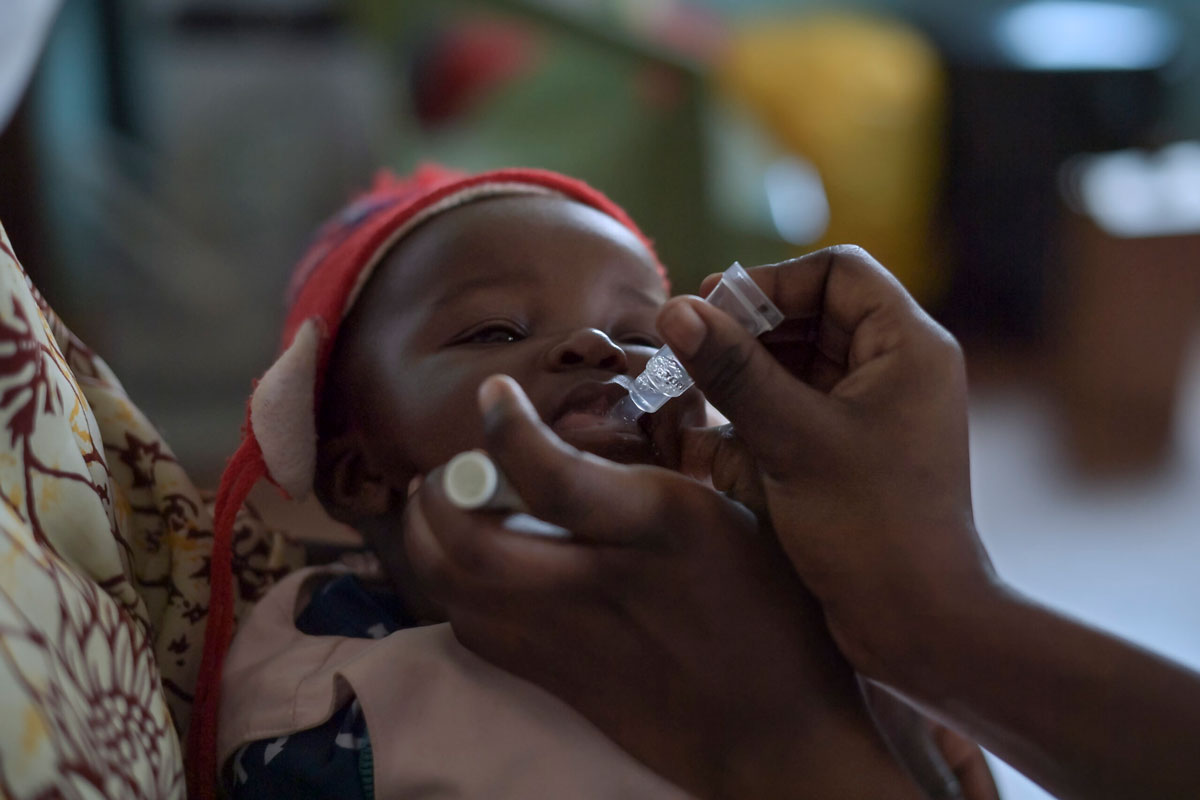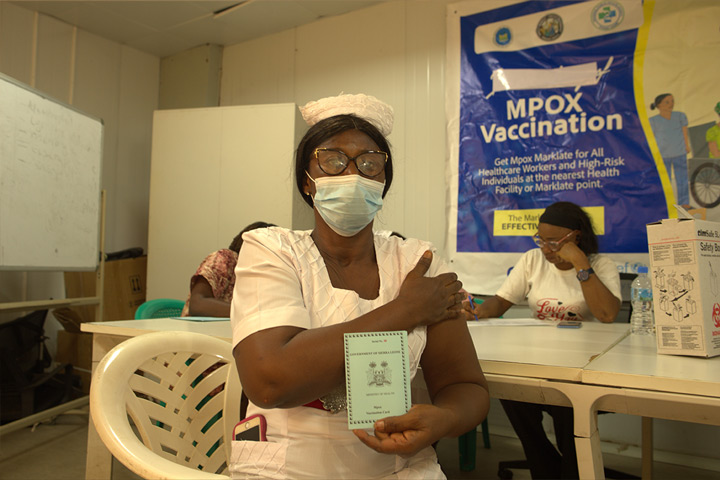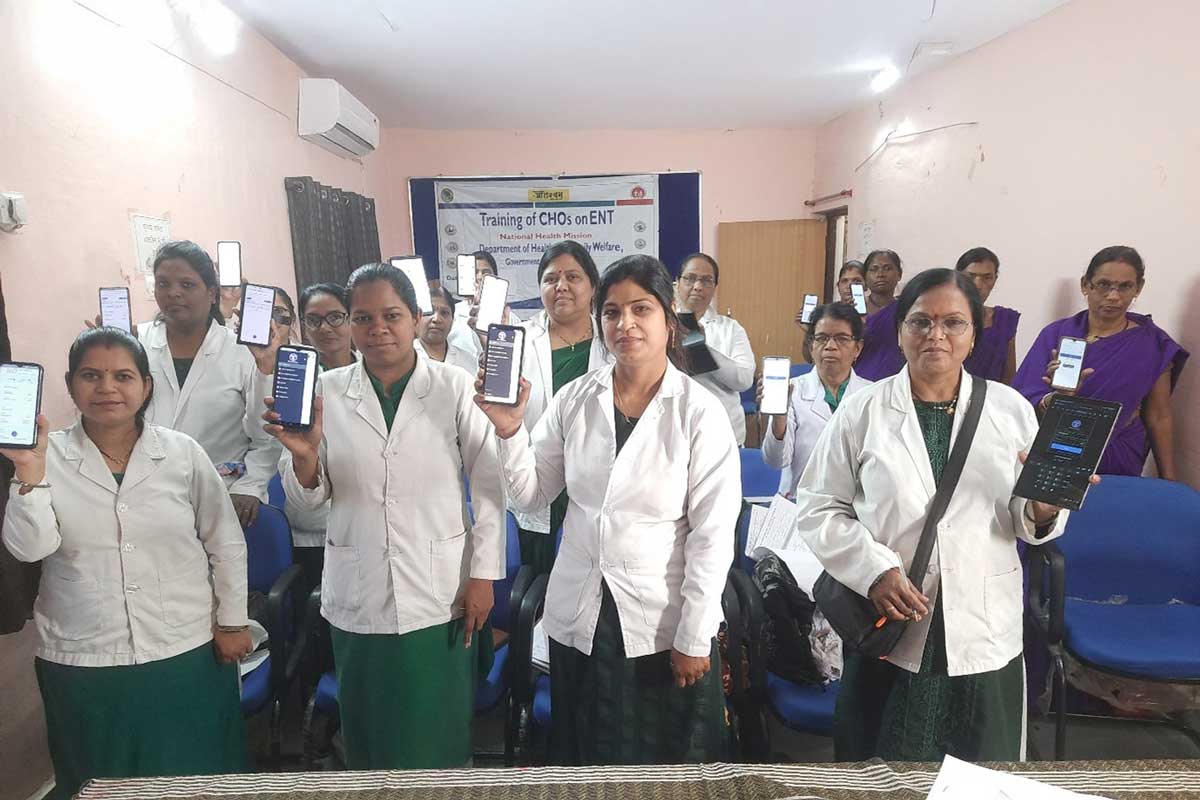How Madagascar is rising to the challenge of vaccinating its unprotected kids
COVID-19 was a setback, but when global vaccination figures for 2023 were released, Madagascar stood out for a significant increase in its vaccination coverage. Rivonala Razafison surveys the country’s catch-up efforts.
- 25 October 2024
- 5 min read
- by Rivonala Razafison

Despite progress, the challenge of reaching Madagascar’s more than one million unvaccinated children remains immense.
In response, Madagascar launched the Big Catch-up in early 2024, a national initiative supported by Gavi, UNICEF and WHO that aims to close vaccination gaps and specifically target zero-dose children – those who have not received a single vaccine since birth.
Experts say the campaign is crucial for preventing outbreaks of diseases such as measles and polio, particularly in rural and isolated areas where access to health care remains limited.
Gold, vanilla and vaccines
The obstacles are numerous, as illustrated by the example Andranotsimaty, a gold mining village in the Iharana district in the Sava region, which lies in the northeast of the island.
Like many other villages, Andranotsimaty is home to a large population of migrants, a mobile population that often proves difficult to track for health authorities. During the pandemic, gold mining operations never paused, and the immunisation gap widened. “The Sava region is lagging behind in vaccination,” explains Dr Tsivahiny Paubert, director of the EPI. With the region’s focus on mining resources and agricultural production – especially vanilla, for which Madagascar is the world’s leading producer – it has struggled to keep pace with vaccination efforts.
However, the situation in Andranotsimaty has notably improved thanks to successful collective mobilisation. “Today, vaccinators regularly visit the village, and parents bring their children to the health centres themselves,” says Gateny Velotombo Mahamod, a village leader.
“Parents know that vaccines are essential, but getting them to attend vaccination campaigns is a challenge.”
- Jean Philibert, community worker, Boeny region
“Parents know vaccines are essential”
Success in hard-to-reach places like Andranotsimaty is emblematic of a broader national trend – one spurred on in no small measure by the Big Catch-up.
According to the official nation-by-nation annual data released by the WHO and UNICEF for 2023, last year, Madagascar achieved a vaccination rate of 92% for the first dose of the pentavalent vaccine (Penta1), 85% for the second dose (Penta2), and 86% for the third dose (Penta3).
Jean Philibert, an experienced community worker from the Boeny region in the island’s northwest, understands the challenges that needed to be met for this achievement.
“Parents know that vaccines are essential, but getting them to attend vaccination campaigns is a challenge,” he explains. Most of the population are fishermen, making it difficult to find the right time to gather them, he adds. Yet, with persistence and home visits, Philibert has managed to consistently overcome these obstacles. A bicycle, provided by the USAID-funded ACCESS programme, allows him to travel long distances to vaccinate children in remote villages.
“It is the commitment of everyone involved that allows us to make tangible progress.”
- Maminiaina Marie Josiane Rakotoarilanto, nurse in charge, Ambatolampy public health district
Careful planning
These examples illustrate the range of challenges faced by the EPI across the country. Despite these hurdles, some public health district services (SDSPs) are achieving outstanding results.
The Vakinankaratra region, for instance, is setting a benchmark. Thanks to intensified vaccination campaigns and catch-up activities, coverage rates are nearing targets. “In 2023, the Ambatolampy SDSP surpassed expectations, with 100.28% coverage for the first dose of the pentavalent vaccine,” says Maminiaina Marie Josiane Rakotoarilanto, the nurse in charge of the programme in the region. This success was achieved through meticulous organisation and strengthened collaboration with basic health centres (CSB), she reports.
In this region, in addition to vaccinating 5,993 children in 2023, an additional 190 were caught up the following year, ensuring no child was left behind. “Awareness campaigns helped overcome the last remnants of parental reluctance,” Rakotoarilanto adds. This success is the result of collective efforts between public and private health centres, which coordinate to ensure maximum coverage.
Beyond fixed strategies, the health teams frequently deploy advanced strategies, including organising mobile campaigns despite sometimes limited budgets. Careful planning and the continued involvement of community health workers have enabled them to exceed their objectives.
Good collaboration with local authorities has also been key to this success. “It is the commitment of everyone involved that allows us to make tangible progress,” insists the nurse. The Ambatolampy medical inspector, Harinonta Aimée Bebisoa Razafimamonjy, highlights the dedication of the teams on the ground. “Thanks to the LQAS (Lot Quality Assurance Sampling) approach, we were able to assess the quality of vaccination coverage in a targeted way,” she adds.
Some regions of the country also benefit from the Leadership Development Program Plus (LDP+) approach, introduced by USAID/ACCESS.
This programme, designed to strengthen the leadership and management skills of health teams, encourages initiative and the use of local resources to provide more effective health services, including vaccination.
The LDP+ model allows health teams to set concrete objectives and analyse the root causes of problems through in-depth questioning. In the Melaky region, the results achieved through this programme are impressive: despite insecurity, vaccination coverage for the first dose of the pentavalent vaccine (Penta1) increased from 88% in 2021 to 100% in 2023.
Have you read?
Progress still needed in urban areas
However, challenges persist, particularly in urban areas. “In Antananarivo, social networks and rumours about vaccines continue to influence a segment of the population,” says Dr Paubert. Despite this, progress in historically lagging regions like Androy, in the south of the island, shows that the path forward is clear – even if it still needs to be travelled.
During a meeting in Toamasina last August, which brought together regional public health directors and vaccination programme managers, several priorities were identified: strengthening catch-up efforts, improving vaccine stock management, monitoring vaccine-preventable diseases, and regularisng payments to field staff. These measures are key to maintaining momentum and bringing Madagascar closer to its vaccination goals.
Translated from the original French version
